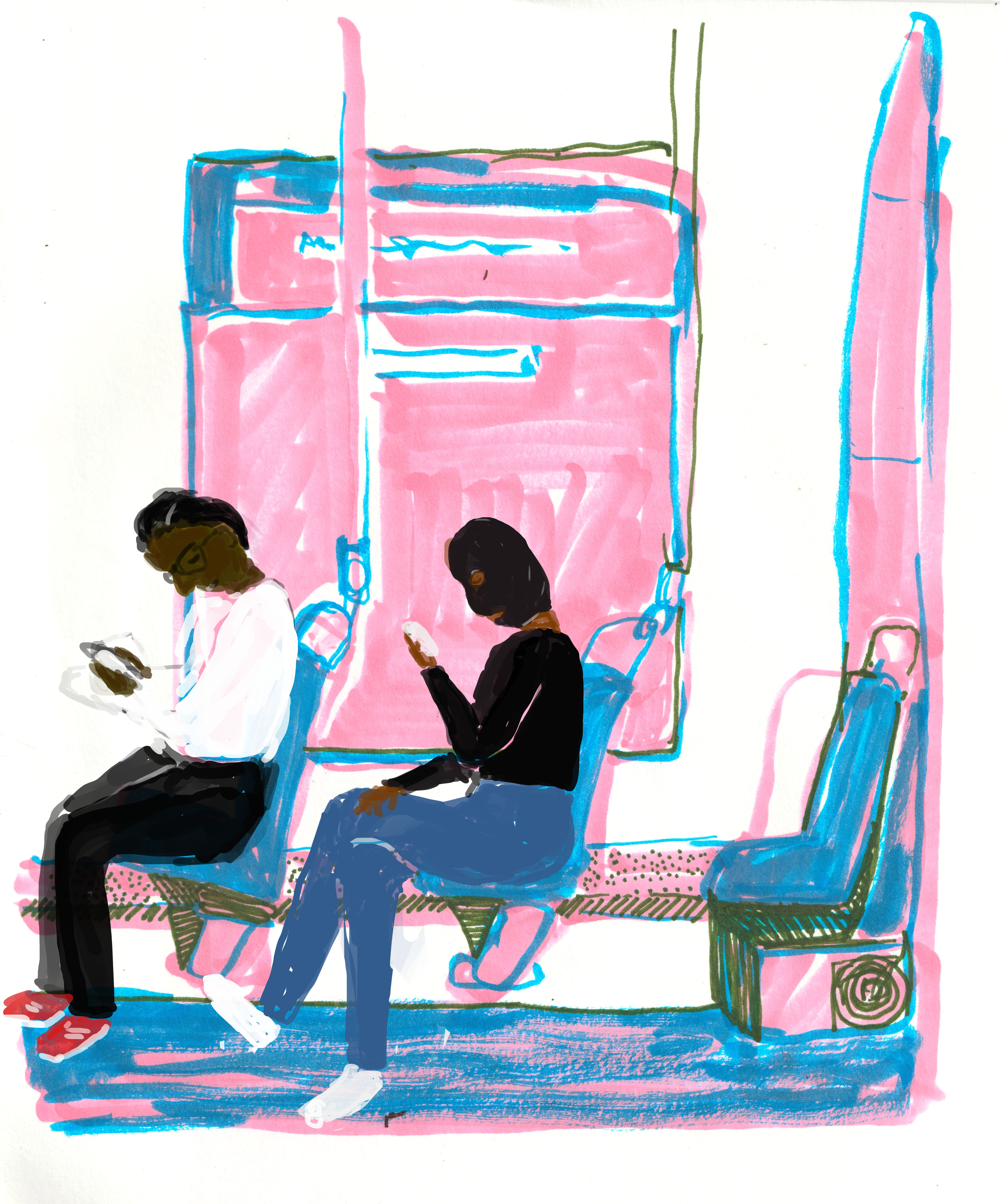
‘May you live in interesting times’ said the sages
By Matthew Fraser, Opinions Editor
Recently, someone told me that 2020 feels like the series finale of civilization and we are all along for the ride. You can call me a fearmonger but strangely enough that feels true; what with India and China navigating conflict while blood dries on the land between them, the spread of protests across the globe even in the midst of the COVID-19 pandemic, and what appears to be a weakened America crumbling on a live stream, there seems to be the end of something floating in the air.
On June 16 2020, word began to spread of a horrific confrontation in the Ladakh region between India and China. The two burgeoning superpowers have been tussling and vying for regional control for decades; now that the most recent confrontation is known to have claimed more than 20 lives, pride and wrath have stepped in and changed the proceedings. When the two most populous countries on earth creep towards war what atrocities can we rule out? China has been more than willing to apply ruthless control measures against its people, India has not yet moved all the way past its caste system, and both certainly leave much to be desired in their current state of religious freedoms. What will the future bring as they fight over one of the region’s most important fresh water resources (the Galwan river)?
The killing of George Floyd galvanized some in a way that has highlighted just how intensely we outside of the United States watch those within America. Sympathetic protests appeared almost everywhere overnight, and police from Vancouver to Spain were under almost as much scrutiny as the officers a world away. Some people in the world have shown their extreme sensitivity to injustice everywhere and anywhere, and it’s been demonstrated through the increasing scrutiny and rage centred on every historic figure blessed to have a statue today. Long-dead slavers have found their iron lookalikes tossed into rivers, spray-painted, and desecrated by the hands of change. However, one should worry that in the headlong rush to annihilate a few visible representations of supremacy, the people will be all too quickly placated and forget the real change that would overturn that supremacy. Far too many people have been satisfied to share images or black squares, cheer a toppling general, and then go back to Netflix while the suffering they spoke about continues almost completely unaffected.
There was a time when the pro-gun advocates who warned that the fall of civility could happen in minutes not weeks were harangued as doomsayers and the paranoid, but when protestors burned down a police precinct in retaliation for what was clearly law enforcement tyranny by some bad cops, those doomsayers quietly became prophetic. When some felt police brutality had escalated to the point where the only reasonable option was to defund them, the idea of state oppression was suddenly too real to be considered as figment. The slide from civility to civil unrest to countrywide riots was captured on cellphones and documented as it all came undone.
I said earlier that this feels a little like the end of civilization; maybe that’s only for me as I sit here watching it all happen in high definition. Maybe I, and anyone else who has been following the news so religiously, have fallen into the trap of perceiving only the fires while we live in relative peace. I guess when you view the world through screens, it all takes a tinge of unreality and every day is an episode where the plot is forgotten for the sake of theatrics. I’m happy to say that I’ve been wrong about a great many things thus far, so it’s all too probable that we are not watching the series finale of civilization. Nonetheless, our times are an interesting thing to behold.

